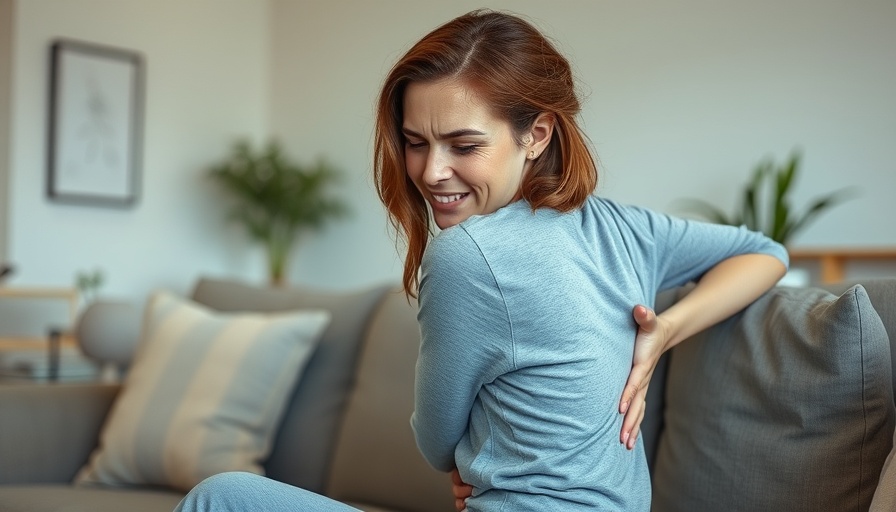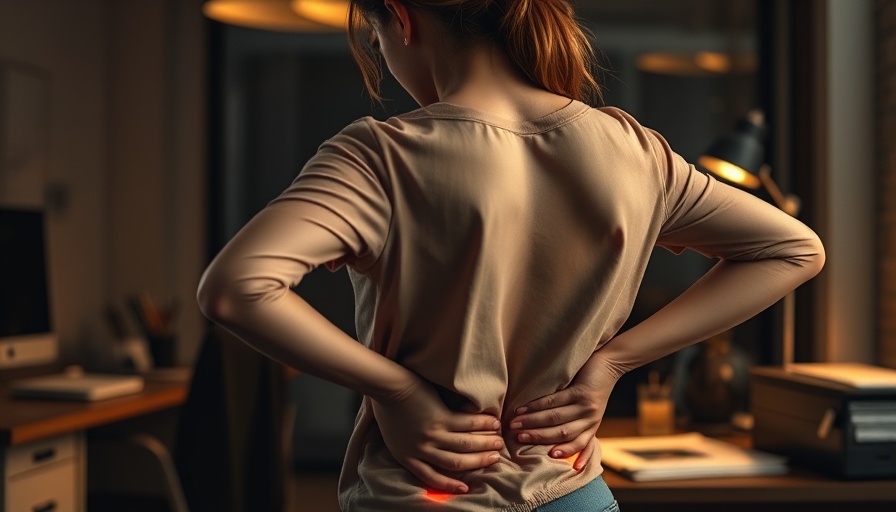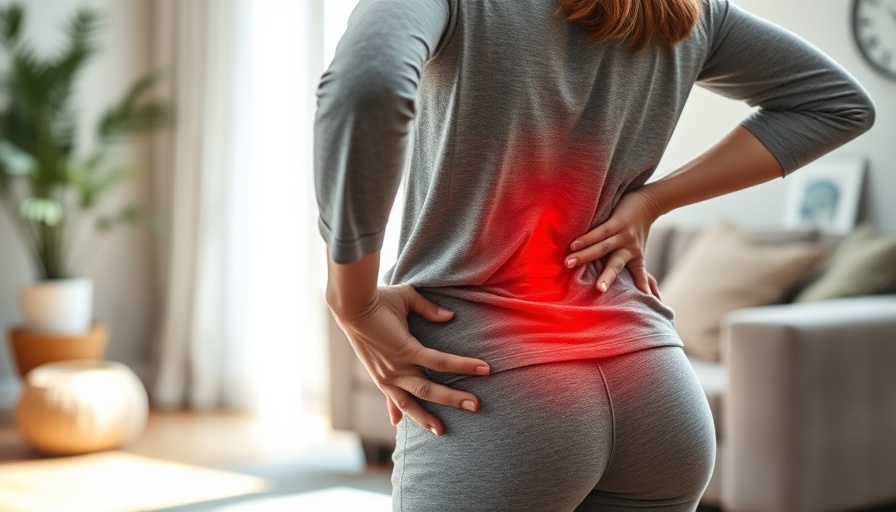
Understanding the Link Between Weight Gain, Hormonal Changes, and Back Pain
Many women experience back pain as a side effect of weight fluctuations and hormonal transitions, particularly during the ages of 35 to 55. These life stages, such as perimenopause and postpartum recovery, can lead to significant physical and emotional changes. One of the most overlooked connections is how weight gain—or the loss of muscle mass due to hormonal changes—can change body mechanics and lead to back pain.
Practical Steps to Alleviate Back Pain
There are several effective strategies to alleviate back pain associated with these changes:
- Engage in Regular Exercise: Gentle activities like yoga, stretching, or swimming can help enhance flexibility and strengthen back muscles. Regular exercise is crucial, as maintaining a healthy weight alleviates additional strain on the spine.
- Invest in Ergonomic Support: Using items such as BOD Support’s memory foam seat cushions can make a significant difference in daily comfort, providing the necessary support for your back while sitting for long periods.
- Practice Good Posture: Being mindful of your posture while sitting, standing, or lifting can dramatically affect back health. Focus on keeping your shoulders back and avoiding excessive bending or twisting.
- Manage Stress: Stress can aggravate tension in the body, including the back. Incorporating stress-reduction techniques like meditation, deep breathing, or mindfulness exercises can provide overall relief.
- Consult Professionals: If back pain persists, it is essential to consult a healthcare provider or chiropractor who can address the specific root causes and recommend tailored treatments.
The Future of Back Pain Management
As more women seek effective solutions to manage pain caused by hormonal shifts or weight gain, there is a growing trend toward developing holistic approaches to pain relief. Integrating physical therapy with mental health support is becoming instrumental in addressing the complexities of health as it pertains to women.
Real-Life Stories: Overcoming Pain
Many women have shared their journeys to alleviate their back pain through lifestyle changes, emphasizing the role of community and product support. For instance, a woman in her early 40s might find that connecting with peers experiencing similar challenges helps foster a sense of understanding and shared experiences, providing encouragement as they navigate their health.
Tools and Resources for Relief
To stay proactive, explore products that can ease discomfort. Ergonomic devices, yoga apps, instructional videos, and local health workshops are some tools that women can access. Knowledge is power; equip yourself with the right information and resources to combat back pain effectively.
Conclusion
Taking control of your health during periods of change can lead to significant improvements in well-being. Don't hesitate to reach out for support, whether that means consulting health professionals or joining local support groups. Through the right combination of lifestyle adjustments and community engagement, relief from back pain is not only possible but achievable.
 Add Row
Add Row  Add
Add 




 Add Row
Add Row  Add
Add 

Write A Comment